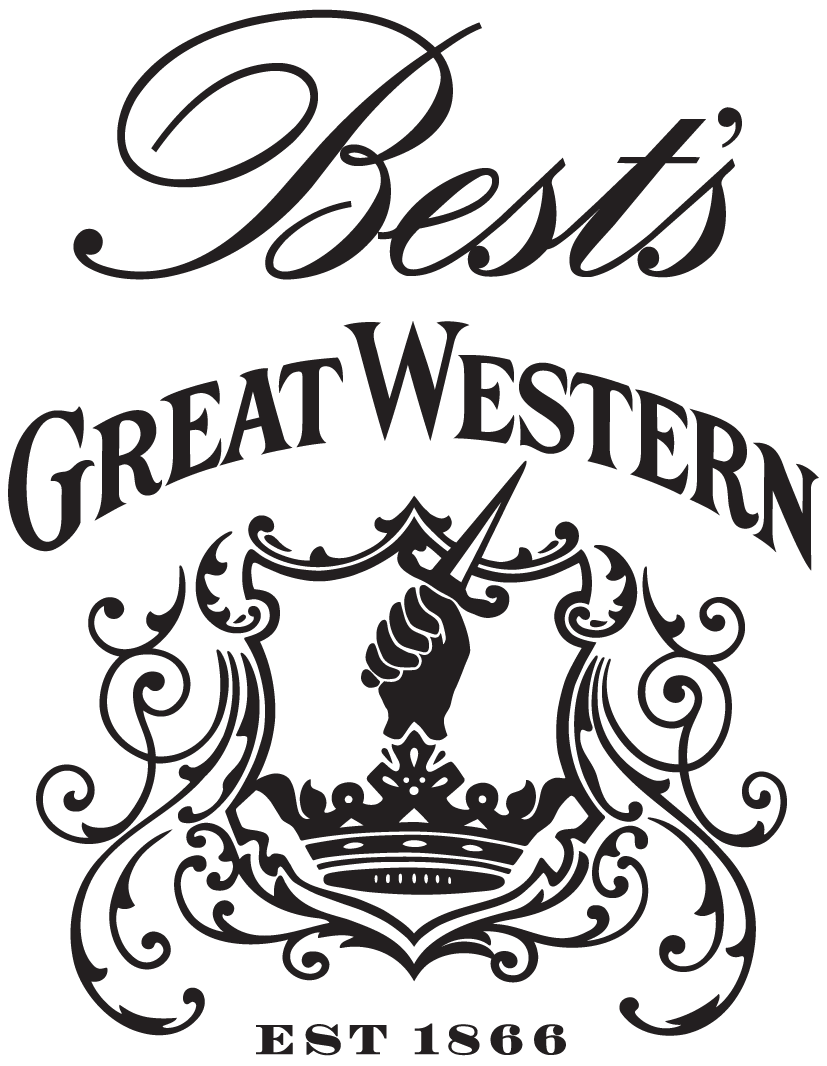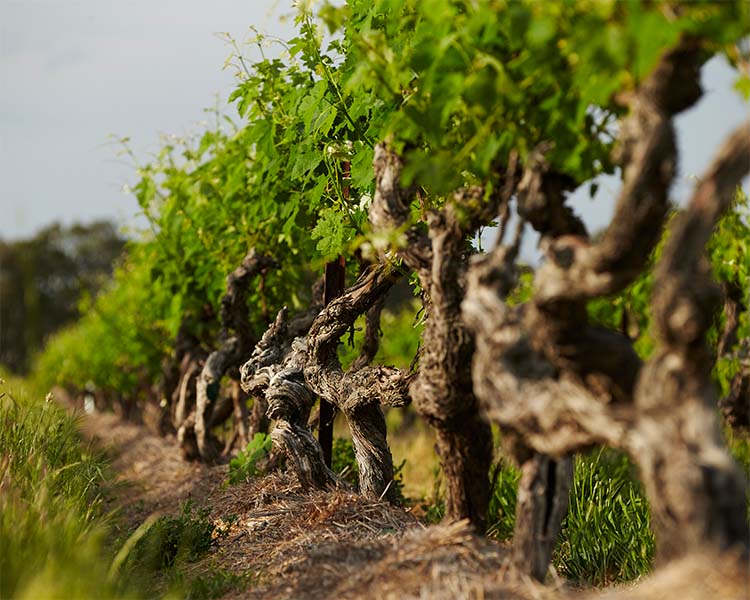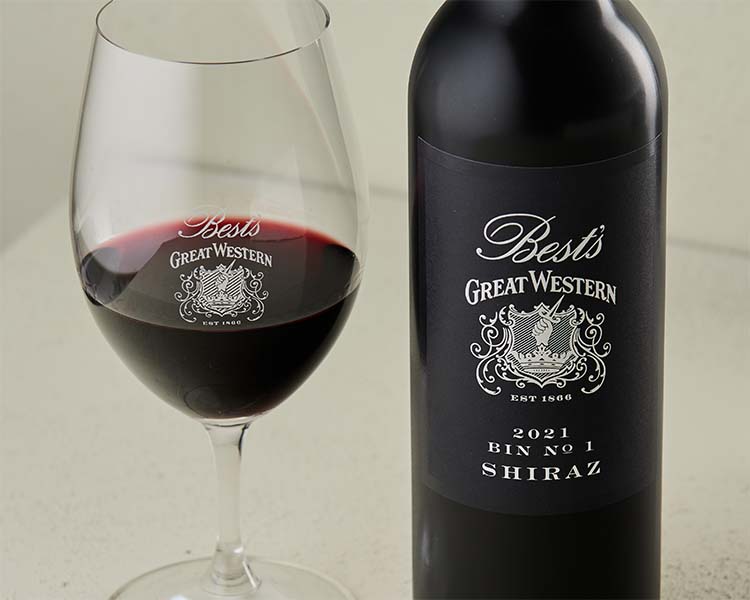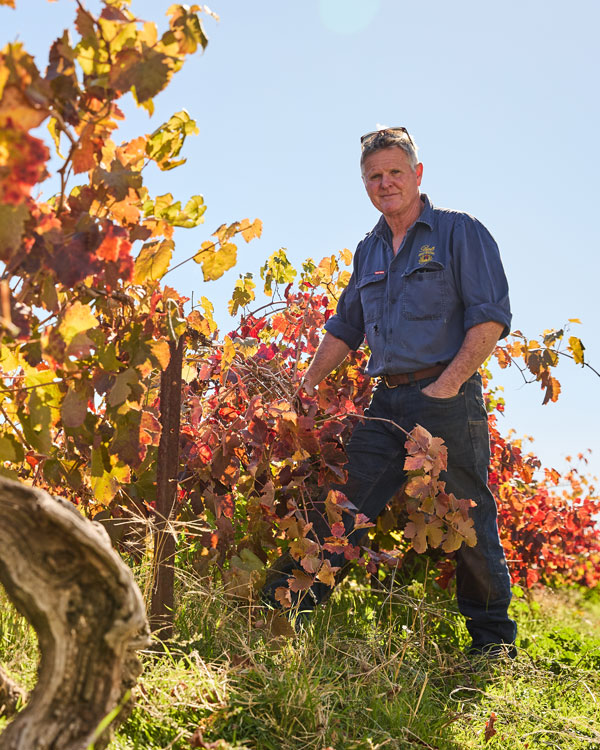All you need to know about Shiraz
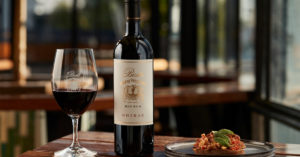
It’s fair to say it’s our favourite grape varietal. Whether you call it shiraz or syrah there’s lots to love about this distinctive red wine. We’ve been making shiraz in our home of Great Western, Victoria for over five generations. Our region long synonymous with the peppery, aromatic spectrum. Shiraz is the most commonly planted red grape varietal in Australia. Which means it lends itself to many different expressions. Reflecting the soil types, vineyards, winemaking techniques and particular climate.
There’s often lots of questions asked about this special red grape varietal. So we’ve dug deep on our wine geekery and explained all that you’ll ever need to know.
What is Shiraz?
Shiraz is a red grape varietal, believed to have originated in Iran around 2500BC when vines were brought down the mountains to the plains of south-west Iran. It is thought that this grape was the offspring of the grape varieties dureza (father) and monduese blanche (mother).
Shiraz is often typified by the relatively loose bunches of fruit on the vines. Shiraz’s large thick skinned berries are known for spicy, black fruit flavours and smooth tannins. The wine is often characterized by an abundance of flavours. The spectrum ranging from blueberries, blackcurrants and black cherries to pepper, tobacco and even smoked meat. There’s secondary notes of chocolate, accentuated by pepper and spice!

Image credit: Wine Companion
What’s the difference between Shiraz and Syrah?
Shiraz and syrah are actually the same grape varietal. It often surprises many Australian wine lovers to learn that it’s mostly New World winemakers who tend to call the wines made from this grape ‘shiraz’. In other parts of the world, especially some of the older world regions like the Northern Rhône where the varietal is thought to have originated. Our favourite grape varietal has been known as syrah for decades, providing the backbone for the famous Hermitage and Côte-Rôtie wines.
However, whilst it’s often the same grape, there’s often stylistic differences between shiraz and syrah. Winemakers who work in cooler-climate growing regions. Both in the Old World and New World tend to label their wines syrah. This more savoury style which is leaner and acid driven is emulated in regions like Sonoma Coast, California, Yarra Valley in Australia and parts of Chile.
Shiraz often comes from warmer growing climates, namely in parts of Australia like the Barossa Valley, McLaren Vale and Adelaide Hills. Many of these regions are lush, fruit forward and embody the warmer climate. However, many regions like the Grampians have been labelling our wines as Shiraz for decades. Our style is slightly different to our South Australian friends.
Recently we’ve seen a real evolution in Australian Shiraz. Cooler climate regions are coming into their own, focusing on complexity rather than sheer power. It’s meant a whole new range of wines are being produced, elegant and often similar to their European counterparts. There’s always something new to discover!
How long have we been making Shiraz in Australia?
It is thought that Shiraz arrived in Australia as part of the original James Busby collection in 1832. However, Dr Philip Norrie noted that Shiraz may have in fact been part of the Macarthur collection which arrived on board the Lord Eldon, which arrived in Sydney in October 1817.
The first commercial shiraz vineyard was believed to have been planted by George Wyndham. George started planting his vineyard at his property Dalwood in 1831. It may have been that shiraz was included in that vineyard. This predated the Busby vines given they would have needed a few seasons to propagate before they were available for distribution.
Whatever the case, it is often surprising for wine lovers to discover that Australia now has some of the oldest syrah/ shiraz vines in the world. Our history with the grape dates well back to the mid 19th century. With some of the old vineyards right here at Best’s in the Nursery Block (planted 1867). Throughout Australia there are other historical vineyards like Langmeil’s Freedom Vineyard (planted in 1843), Tahbilk, Tyrrell’s Stevens Vineyard (planted 1867), Kaesler and Elderton (planted 1894).
These low yielding gnarled vines are rare. Especially given that many of the original European vineyards were wiped out by a disease called phylloxera.
According to Wine Australia, shiraz is now the most planted red grape varietal in Australia.
Is Shiraz dry or sweet?
Shiraz is most commonly made in a dry style. Some of the more entry level wines often have a touch of residual sugar.
What food do you match with Shiraz?
There’s no secret formula on food and wine matching, it very much comes down to personal taste. Shiraz from cooler climates tend to have more moderate silky tannins, red and black fruit characters. These lend themselves well with game, duck, mushrooms, pastas. It’s often a great match with red meats (beef, lamb, venison etc), especially if the alcohol content is higher.
What’s unique about Great Western/ Grampians Shiraz?
The Grampians and the subregion of Great Western is one of Australia’s oldest viticultural areas. Some say the Grampians has a soft spot for shiraz. If you look at the varieties planted shiraz makes up 90% of the total. With some of the oldest shiraz in the world planted. One of the reasons that this variety shines so brightly can be attributed to the unique combination of site, variety and vine age:
- Site – our land experiences favourable continental climatic conditions – warm days and cold nights.
- Variety – it goes without saying that for more than 100 years the planting history of the region has been dominated by shiraz. The terroir produces shiraz wines with lots of spice and complex aromatic.
- Vine age – many of our vines were planted in the late 19th century. Kicking off a trend that saw many vignerons catch the shiraz bug. It was obvious from the outset that this variety had an affinity with this Victorian region.
History of Shiraz in the region
There’s quite a history of shiraz in the Grampians region and in Victoria in general. It’s worth noting that in 1890, 112 vignerons took up 765 hectares of vines in the region. In 2014 there were 44 grape growers with 750 hectares of vines under foot, about the same amount of plantings but less growers taking stake to the land.
Head back to the 1960s and there were 16 wineries in Victoria, with Best’s and Seppelt Great Western the only wineries in Great Western. For the first half of the twentieth century, many winemakers fortified the fruits of their labour. The wine as we know it today was not in vogue. In the early 1960s table wine began to grow in popularity and by the mid-60s and early ‘70s there was an urgent need for vineyard plantings. As consumers were looking for wines to enjoy with food. Shiraz was one of the first varietals that people started drinking.
Our region and our Best’s brand was in fine company with producers like Seppelt Great Western, Mount Langi Ghiran, Fallen Giants (originally Boroka) and Montara Wines highlighting the best of Shiraz. Many of these producers have put the Grampians Wine Region on the map, with new entrants like Grampians Estate, Story Wines, Black and Ginger Wines, Miners Ridge, ATR Wines and Clayfield Wines all keeping the spotlight on our little region.
For the 2020 vintage, the latest Wine Australia figures show that 74% of the total crush in the Grampians is Shiraz. Here at Best’s Great Western we make a range of different styles of shiraz. Have a read about our unique style and some of our most popular wines.
Our own style of Best’s Great Western Shiraz – Taste our Shiraz Range
Each of the Best’s Shiraz wines represent distinctive expressions. Stories of the Great Western style and Thomson family winemaking tradition. We like to think that when wine lovers get a taste for our unique shiraz. Their own stories and memories become set in style. Take a tour of the different styles of Great Western Shiraz that we produce. From a taste of the region, to the iconic single-vineyard sites. There is a Shiraz here for all palates to enjoy!
The everyday hero – Bin No. 1 Shiraz
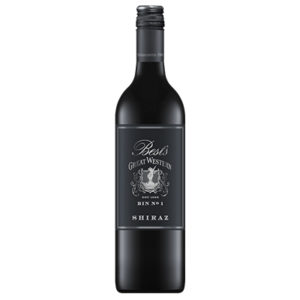
If you want to get to know the Great Western style of shiraz, then pour a glass of Bin No. 1. It represents the coveted Great Western style at an affordable price with an approachable flavour and aroma profile. We first started making Bin No. 1 Shiraz in 2000 and over the last decade the style has slightly evolved. Made from a combination of our own fruit and local family growers. This wine is a classic cool-climate aromatic shiraz, with spicy and peppery tones. Textural tannins and generous fruit characteristics and intensity.
You could say that the highlight of Bin No. 1’s short yet vibrant life has been winning the 2012 Jimmy Watson Memorial Trophy for the 2011 vintage.
Try the current vintage of this wine for yourself.
An Australian Icon – Bin No. 0 Shiraz
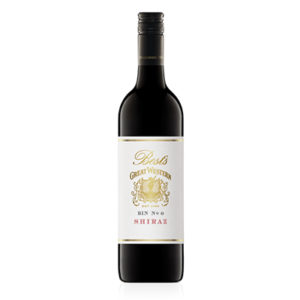
The evolution of Bin No. 0 began many years ago. There are bottles in our cellar door with Hock 0 labels made by Joseph Best from the late 1800s. When we were required to remove all label references to French wine appellations (like Burgundy, Claret and Hermitage) in the 1980s Claret No 0 began its life as Bin 0. And now, the Bin No. 0 Shiraz has lived with this [HT1] moniker for years, it’s one of Australia’s longest consecutively labelled varietals.
This wine is produced from our oldest vines. The fruit is selected from lower yielding blacks of the historic Concongella vineyard at Great Western. This vineyard is home to 19th and 20th century shiraz plantings which result in low yielding intensely flavoured fruit. We hand select, sort and ferment the fruit in small batches, followed by intense barrel selection. Bin No. 0 is an Australian classic, with an impressive pedigree of over 100 vintages. It is powerful, yet elegant, complex, yet harmonious, with many years of great vintages ahead of it yet.
A Sentimental favourite – Thomson Family Shiraz
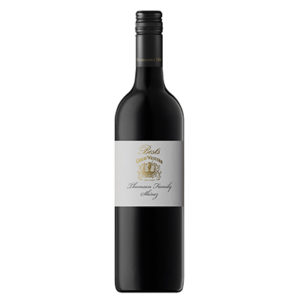
The Thomson family has been making wine in Victoria since 1893. The Thomson Family Centenary Shiraz was released in 1993 as a single-vineyard wine. Made exclusively from fruit from the 1868 shiraz vines planted by Henry Best. And so began the tradition of making the Thomson Family Shiraz, but only in the very best years. Master of Wine Andrew Caillard says “Best’s Thomson Family Shiraz is one of Victoria’s greatest wines and represents a window of Australia’s winemaking past. Like Henschke Hill of Grace and Penfolds Block 42 in the Barossa Valley, the Best’s Concongella plantings at Great Western belong to Australia’s rich heritage of ancient generic and pre-phylloxera vineyards.”
These special gnarled old vines have survived a 10-year drought. Old vines proving stronger than younger vines whose roots were not deep enough to reach subterranean water supplies. The 15 rows of vines produce very small amounts of fruit. The fruit is cropped at less than four tonnes per hectare, which is then meticulously hand-harvested, selected and sorted.
Our 2014 Thomson Family Shiraz won Wine of the Year at the 2017 Wine Companion Awards. Justin Purser, Viv Thomson and James Halliday talk about this special wine in this brief video.
Our 2020 Thomson Family Shiraz is due to be released in May 2025.
New Kid on the Block – White Gravels Hill Shiraz
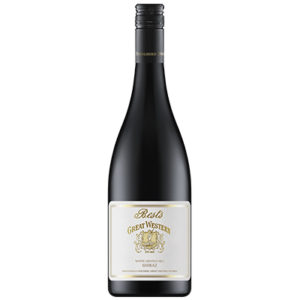
The Thomson family likes to keep improving, refining and inventing. Its no surprise that a few years ago we felt the need to create a wine that gave one of our vineyards a window to the world. The 1992 Hill Block Vineyard was planted on gravel, which means water drains away quickly and needs extra watering to stay hydrated.
In 2010 we held back a parcel of fruit from the Hill Block. Fruit which would normally go into Bin No. 0 Shiraz. We asked ourselves what would happen if this fruit was given the opportunity to shine. Without the distraction of other fruit and the results were superb. This wine displayed more overt, pungent aromas of pepper. Sweet, fragrant tannins combined with medium-bodied fruit to create a complex old world style. A style similar to the syrah from France’s Rhône wine region.
And so the White Gravels Hill Shiraz was born, named after the geology of this vineyard with its deposits of pebbles and cobbles of reef quartz, known as White Gravels Hill. We only make this wine in tiny quantities and it’s often reserved for our Wine Club members.
A limited release for our 150th anniversary – Sparky’s Block Shiraz
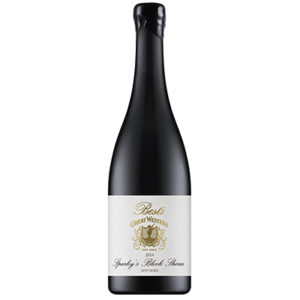
This special wine was released in our 150th year. Made from some of the best soil in the Concongella Vineyard. Planted in 1970, the vineyard is named after Marcus Thomson, the youngest of the Thomson siblings. His nickname is Sparky. We’ve selected the finest parcels of this special vineyard. The wine has been made in a traditional style, open fermented and aged in large oak. It shows dark fruit and spices, with long lean tannins that will reward those who are patient.
Our 2020 release to commemorate 100 years of the Thomson Family owning Best’s – Bart’s Block Shiraz
Bart’s Block was planted in 1966, the year that Hamish Thomson, known as Bart to the family, was born. It is a special vineyard and stretched from the original homestead to alongside the Concongella Creek. It’s particularly interesting as it contains several different soil types within the small block. Sandy soil in the middle, clay at the creek end with quartz and granite closer to the house. This wine is quite sensual with lots of power. Our winemaker Justin Purser describing it “like an iron fist in a velvet glove” with plenty of power and length.
You’ll find an unreal colour, with lots of cherry and red fruit. A young wine now with a very big future. This is a limited release wine that is perfect to drink now but will go down for years to come.
White Shiraz innovation- Introducing Syrah Blanc
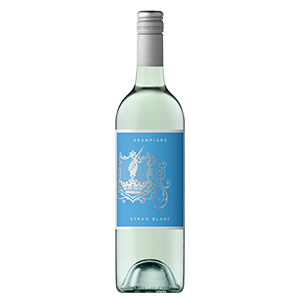
HEY SYRAH– Best’s Wines has released a 2023 Syrah Blanc made with shiraz grapes from the Sugarloaf vineyard in Great Western.
“Shiraz has always been part of our story, and this new release white wine was a great way to innovate, pay tribute to our past and use exceptional fruit that would otherwise not have a home,” says managing director Ben Thomson.
Think of it as a flavour cross between a pinot gris and sauvingnon blanc, with pear, apple and stone fruit notes.
The parcels of fruit for this wine were carefully selected, looking for premium quality and flavour. They are located at higher altitudes at Sugarloaf Creek to maintain good acid drive and the vines were leaf plucked to allow sun exposure on the fruit to generate more flavour.
The grapes were carefully hand harvested to minimize damage to the fruit and were immediately placed in the press. Meticulous wine making from start to finish allowed minimal colour extraction, while producing a wine of high quality and drive.
Try this wine for yourself, new vintage release
The future of Shiraz at Best’s Great Western
The entire team at Best’s feels the weight of the heritage that comes with our ancient shiraz vineyards. They continue to receive the royal treatment, with dedicated hand-mulching and soil-regeneration programs. We are trialing new pruning and vine management techniques. We use organic matter and composted grape marc, a by-product of the winemaking process, to improve vineyard health. Our intention is to become as sustainable as possible and continue to put our Great Western Shiraz on the global map!
